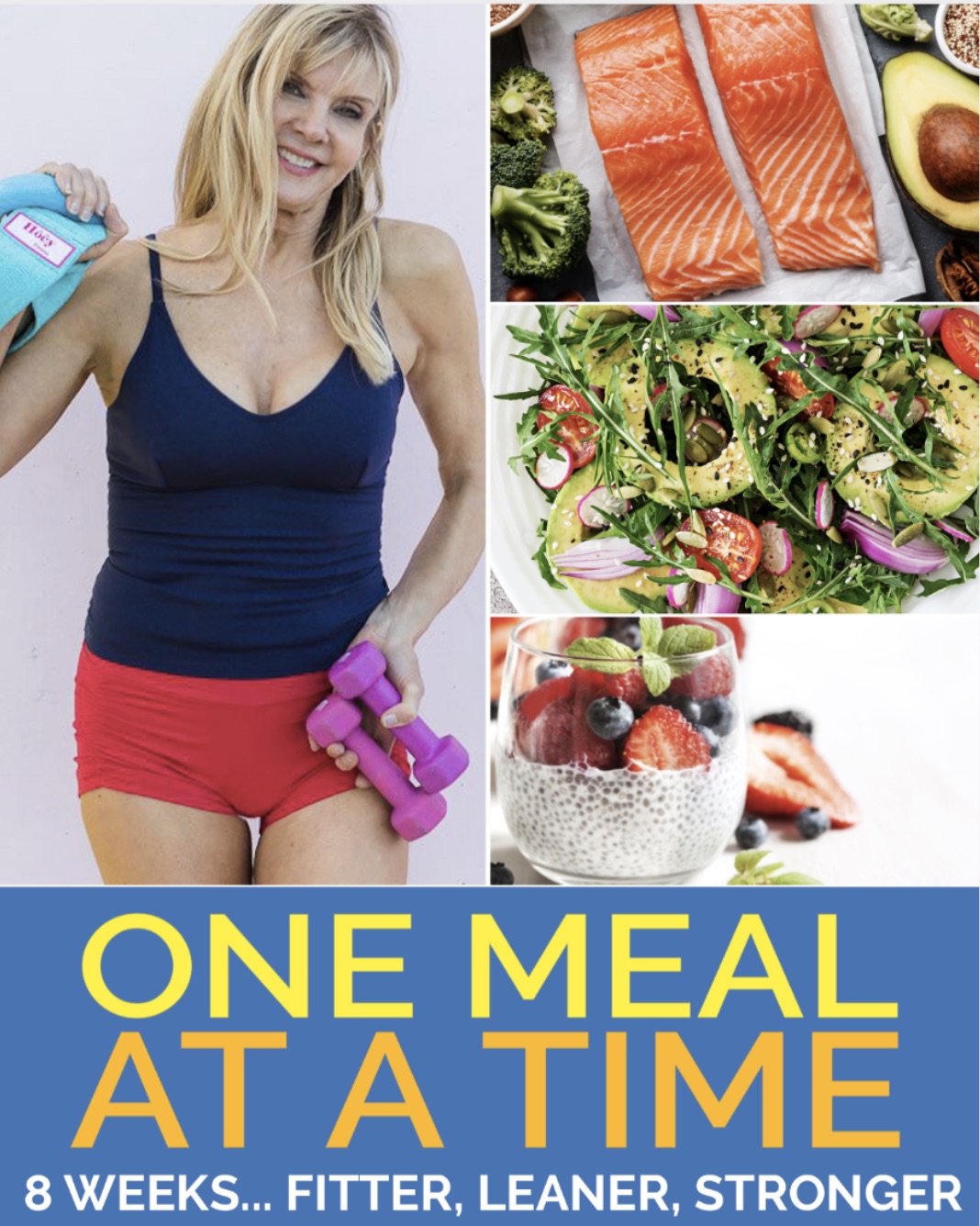The Anti-Aging Workout

You already know that you need to strength train. So why are you still being so shy around the subject?
Strength training is an anti-aging miracle, because it not only lifts your tush and tightens your triceps, but stronger muscles also help you lift your suitcase when you’re on vacation to the Bahamas, and keeps your brain in tip-top shape.
Don’t forget the big benefit…strength training keeps your bones strong to prevent osteoporosis.
If you’ve been lifting weights, CONGRATULATIONS!
If you’re still unsure about how exactly is the best way to strength train, here are some answers to the most frequently-asked strength training questions…
Q: How often should you strength train?
Wayne Westcott: We’ve done a lot of studies with several thousand people actually, and we post in the major medical research journals. And the first one I’m going to mention is the frequency, because it’s not something that you need to do every day or should do every day or really could do every day. Because muscular training does cause a little bit of microtrauma to the tissue and it needs some time to remodel and rebuild and restructure. So, in our studies, we have shown that two or three days a week – either one – produces essentially equal results in terms of rebuilding muscle with women like you just said – middle aged women or young women or older women. They add about three pounds of muscle every three months or a little over one pound (about a pound and a third) every month regardless of whether they’re doing two or three days a week. Now, if they do they do three days, they get better blood pressure results, they lose no more fat. But for building muscle and bone, our studies are showing that two days is sufficient and three would be the most you’d want to do with a day rest in between.
Q: How many repetitions is best, and at what speed?
In terms of the amount of resistance and repetitions which, of course, is an in-adverse relationship. The heavier the weight, the fewer repetitions you can do. The lighter the weight, the more repetitions you can do. And actually, the most recent studies, the meta-analysis of these studies shows that there’s quite a range that you can do, but the body, the muscles themselves, they don’t really respond to the number of repetitions. What they respond to is the time under tension or the length of the set that you’re working. And unlike the aerobic exercises where you are the expert for sure and I am certainly not. But unlike the aerobic exercise system, to train muscles, to build muscle strength and to increase muscle size and muscle function and to increase bone density, you need to fatigue the target muscles.
And I like the major muscle exercises like let’s say leg presses or squats or bench presses or chest presses or pull downs or seated rows – things that work several muscle groups together. But you need to fatigue those muscles involved in that exercise within the anaerobic energy system, just the opposite of the aerobic, the endurance and cardio activities. You need to use a weight heavy enough that it fatigues the muscle somewhere in practical terms between 30 seconds and 90 seconds.
If you’re fatiguing at less than 30, the weight may be a little heavier than you need to do, and it may cause some, for older individuals and middle age with some joint problems, so do it for at least 30 seconds, which would be at least five repetitions that are at a controlled pace. But you probably shouldn’t do a weight that takes you beyond that 90 seconds.
Again, if we’re looking at, say, a six second repetition which is what the American College of Sports Medicine recommended, then you’re looking at 15 repetitions. So, if you can do between five and 15 reps, 10 being pretty much the average, you’re doing just right for building muscle strength, muscle endurance and remodeling that muscle, rebuilding the muscle that was lost and maybe building some more. But if you’re going beyond 15 reps or fewer than five reps, you may be, you know, maybe a little outside the ideal or the optimal training range for time under tension.
Q: So are classes that do a lot of repetitions (like a barre class) good for your muscles?
Wayne Westcott: Well, Kathy, very, very brilliant training as I always get from you. But there’s this range for maximizing and optimizing muscle development. You want to be between, let’s say, under two minutes, ok? At the most two minutes. And, then, for aerobic training, you know from being an expert at this, the people say, well, you have to at least 10 minutes of aerobics to get any benefit or 15. Now the American College of Sports Medicine says up to 20.
So, what’s between that two minutes and the 10 minutes? What’s that? That’s no man’s land. Well, of course it is. That’s a great way to train. And there’s no problem with that. I’m not questioning the bar. But let’s say that Body publishes the most popular group of exercise program for strength training in the world. And they’re doing the same exercise for three, four, sometimes even five minutes. People love it. It’s done to music. They have great instructors. They get excellent results. They get great muscle definition. But what they’re really building there, maybe some degree of cardiovascular endurance, but mostly what we call muscular endurance. So, they’re going for maybe two minutes, three minutes, four minutes. That’s muscular endurance. There’s nothing wrong with muscular endurance.
That’s like someone who runs the mile or the half mile – a half mile in two minutes and 30 seconds or a mile in five minutes. That would be that range. Those are great athletes. Those are wonderful athletes. That’s a great way to train. But it’s kind of going to maximize your muscle development. So, if you were a bodybuilder or a weight lifter or a powerlifter, you wouldn’t train with that many reps. To maximize, you would want to be within that anaerobic energy system. But that doesn’t mean there’s anything wrong with doing what you just said in the bar class or the body pump class. Those are very effective musculoskeletal conditioners. They’re just not quite as strong in muscle–they don’t emphasize quite as much muscle strength, emphasize more muscle endurance.
Every Meal.
Every Workout.
For 60 Days.
Total Body Toner is a complete 8-week exercise and eating program that includes 2 months of daily workouts that you can watch from your computer, phone, tablet, or TV.
And that’s not all!
There’s also an 8 week meal plan that shows you exactly what to eat for breakfast, lunch, dinner and snack every day for 60 days.
Get ready to simplify your exercise and eating routine with Total Body Toner. Taking care of yourself just got a little bit easier! Here’s what you get…
• 8 Weeks of daily time-saving workouts that deliver
• Day-by-day calendar so there’s no guesswork
• 10 toning routines that define your entire body
• 9 Cardio routines to burn belly fat and increase energy
• 8-Week day-by-day meal plan: Takes the guesswork out of eating
• 50+ no-hassle recipes with great options you’re sure to love
• Recipes that are mouthwatering but not too taxing on your time or budget


I am 58, relatively good health and do cardio about 30-35 minutes 6days per week. I would really like to decrease my large, flabby thighs. I m a size 4 with a bikini stomach but my thighs are so not in shape. I don’t believe it’s possible to make my thighs smaller or firm. Your thoughts?